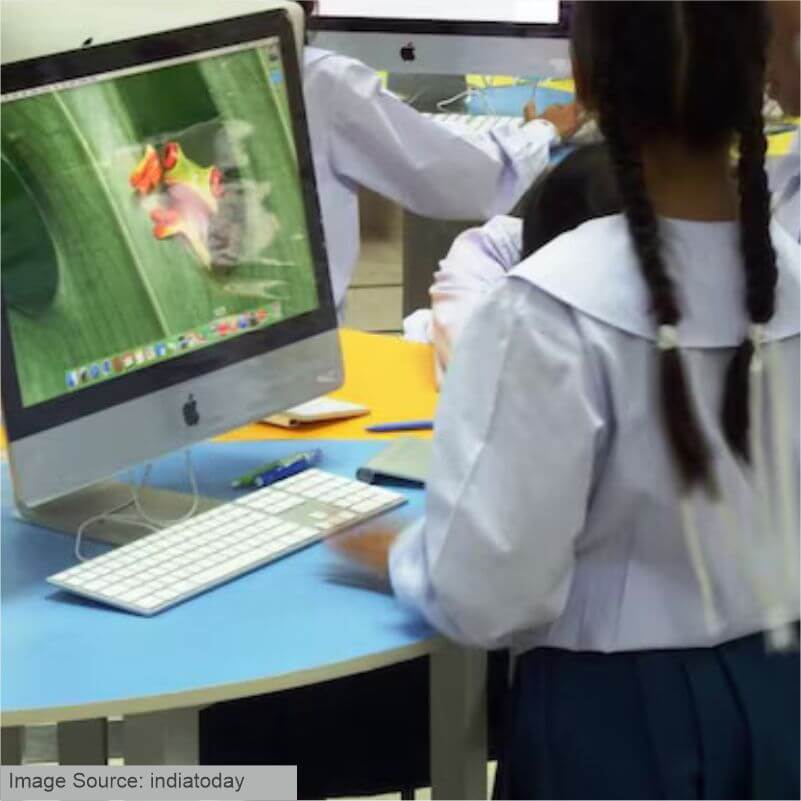Since the days of chalkboards and dusty classrooms, education has advanced significantly. Teaching strategies and resources have changed over time to accommodate students' and society's shifting requirements. Technology has completely changed how knowledge is disseminated and assimilated in the current digital era. Let's explore how teaching instruments have changed throughout time, from chalkboards to smartboards, and how technology has changed education.
Since their introduction in the early 19th century, chalkboards —also referred to as blackboards have been a common sight in classrooms all around the world. Teachers wrote lessons, clarified ideas, and engaged pupils with chalk. These boards were straightforward but efficient, enabling teachers to collaborate and graphically convey ideas. Chalkboards did have drawbacks, too; they were untidy and the chalk dust frequently posed health risks.
Chalkboards started to give way to whiteboards in the latter half of the 20th century. These boards provided a more hygienic and adaptable substitute. Chalkdust was no longer an issue when teachers wrote and drew using markers. In addition to being simpler to maintain, whiteboards made it possible to employ vibrant markers, which improved the visual appeal of teaching. The first step towards updating classrooms was this change.
A new era in education began with the introduction of computers and the Internet. Schools started using interactive whiteboards, smartboards, and digital projectors in the early 2000s. These gadgets fused the capabilities of a computer with those of a conventional whiteboard. Lessons could be made more dynamic and interesting by teachers interacting with digital tools, displaying multimedia information, and accessing online resources.

Smartboards are now seen as a representation of contemporary education. Teachers can use a special pen or their fingers to write, draw, and alter digital content on these interactive whiteboards. They can show presentations, movies, and animations, which enhances the interactiveness and enjoyment of learning. Because students can engage in activities immediately on the board, smartboards also facilitate teamwork.
There are many advantages of switching from traditional to digital teaching resources:
- Increased Engagement: Students are drawn in and maintained in their interest in learning via interactive content.
- Access to Resources: To enhance their lessons, educators can use a multitude of online resources, such as games, quizzes, and videos.
- Personalised Learning: With the use of technology, teachers may adapt their classes to each student's unique needs, allowing them to learn at their own speed.
- Collaboration: Since students can readily exchange ideas and collaborate on projects, digital tools encourage teamwork.
Technology integration in education has drawbacks despite its benefits. Some teachers would need training to use digital technologies efficiently, and not all schools have the funds to invest. Additionally, students' health may be impacted by excessive screen use.
Finding a balance between traditional and new teaching approaches crucial as we proceed. Teachers may create an atmosphere that encourages creativity, critical thinking, and a love of learning by fusing the best aspects of both approaches.
The evolution of education from chalkboards to smartboards has been incredible. The future of education is full of opportunities as technology develops further, offering students everywhere a better, more connected world.
